Scotland's most expensive private house comes up for sale for the second time since 1796
Seton Castle's history is a fascinating mix of ups and downs as Penny Churchill explains.
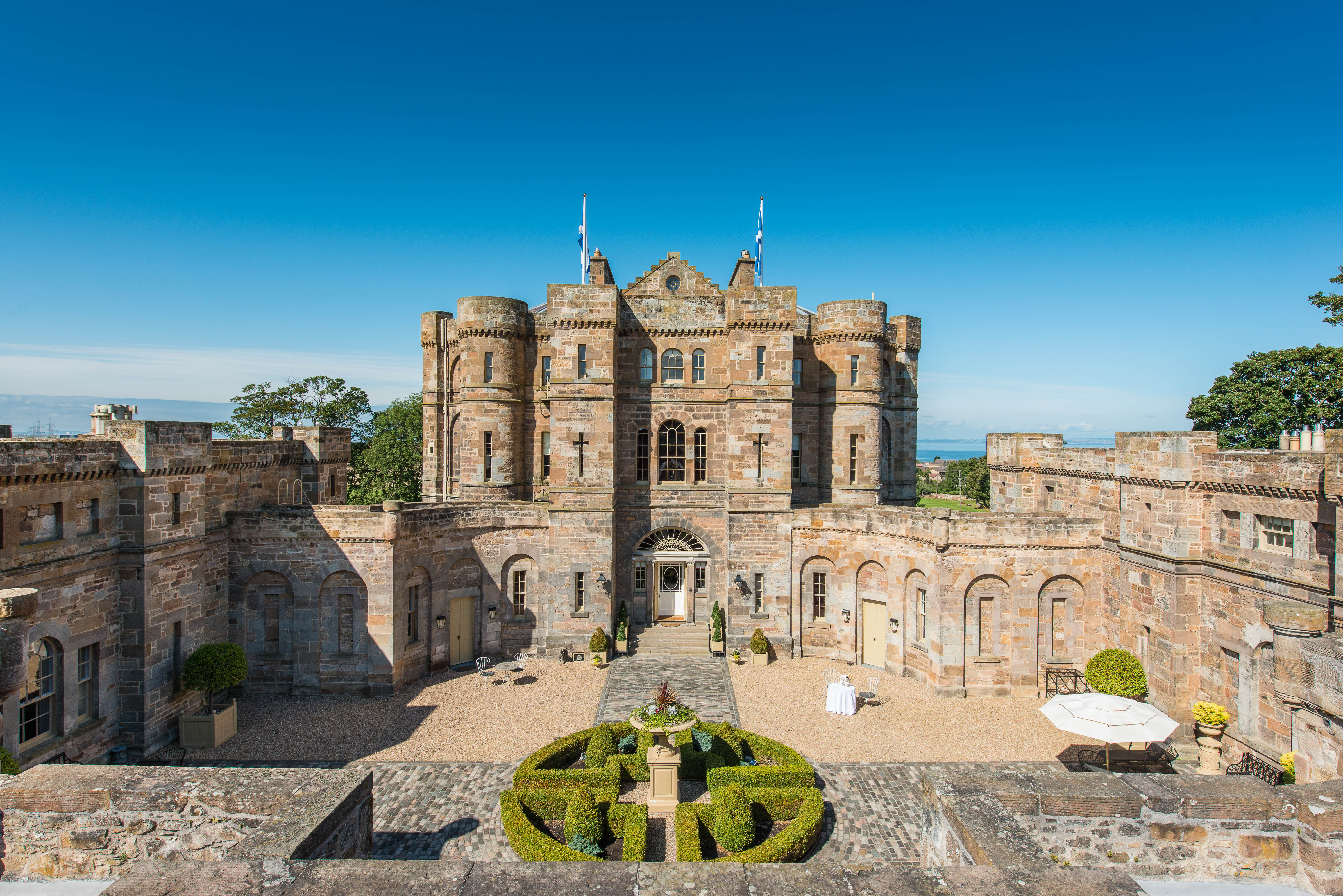

More than 800 years of turbulent Scottish history sit lightly on the castellated walls of majestic Seton Castle near Longniddry, on the Firth of Forth, some 10 miles from Edinburgh’s vibrant city centre. Robert Adam’s last Scottish masterpiece, it sits in gracious splendour within 13½ acres of lush lawns and paddocks, surrounded by the rolling fields and woodland of East Lothian’s famous golf coast.
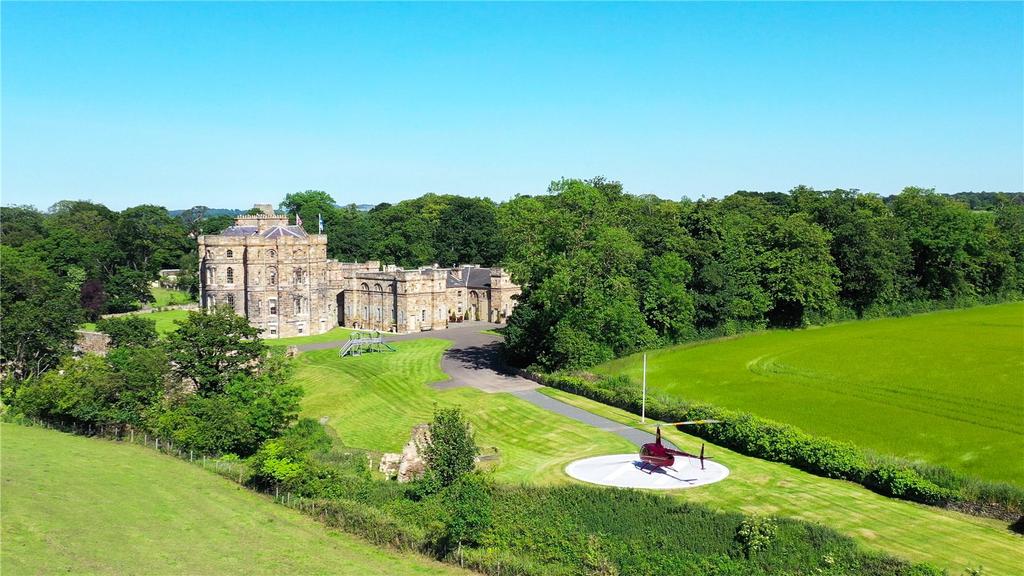
The castle, listed Category A, became Scotland’s most expensive private house when, in 2007, it was sold for a reputed £5 million. Now, following an ‘exacting’ restoration of both the fabric and the interior of the entire building, it remains Scotland’s most expensive house as it returns to the market priced at ‘offers over £8m’ through Savills and Rettie & Co.
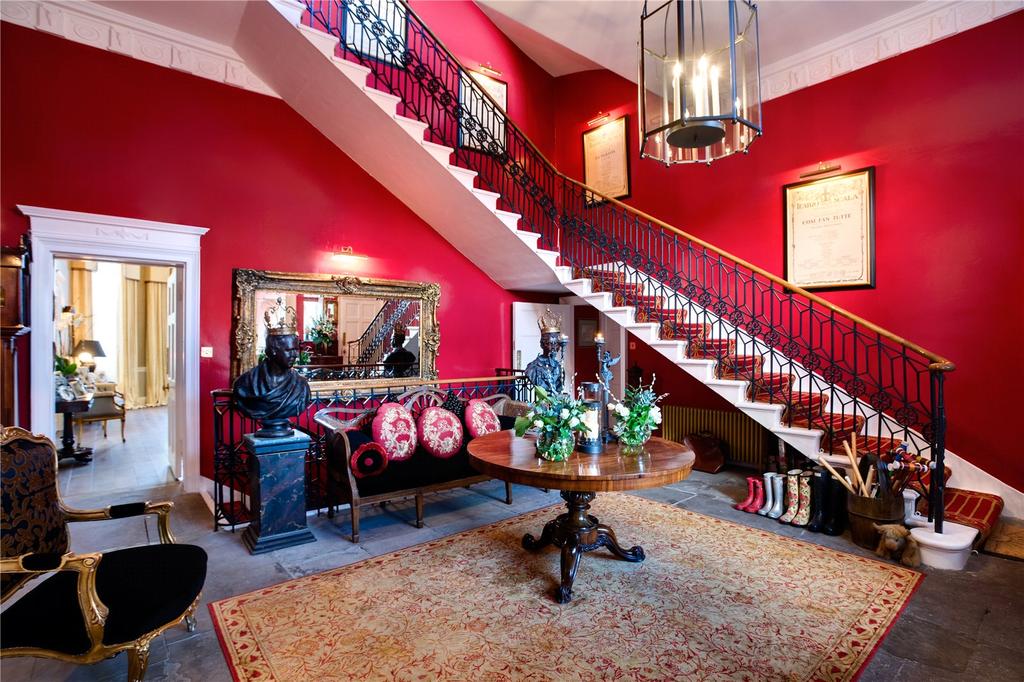
Widely recognised as one of Adam’s most striking late houses in the castellated style, it comprises several towers shaped around a curved wall that encloses a courtyard entered by a central archway.
The latest two-year-long restoration saw a team of expert stonemasons rebuild the castle’s many chimneys, turrets and parapets, using painstakingly sourced period sandstone and limestone.
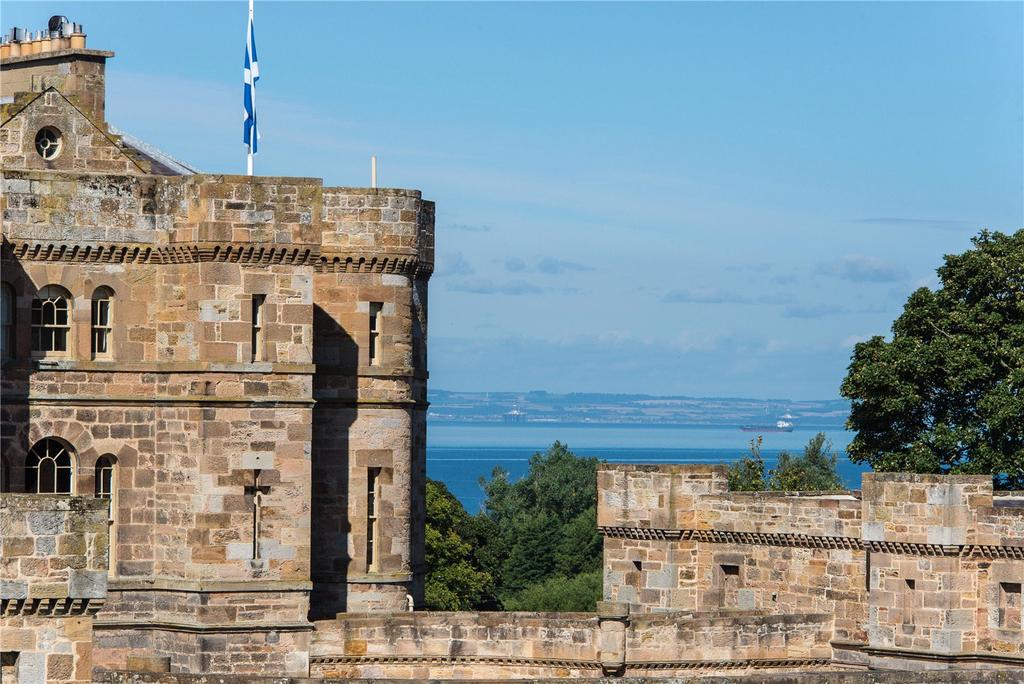
Internally, all services have been renewed, ceilings and ironwork restored to their original beauty, the sweeping staircase reinvigorated and a 10,000-bottle wine cellar brought back to life.
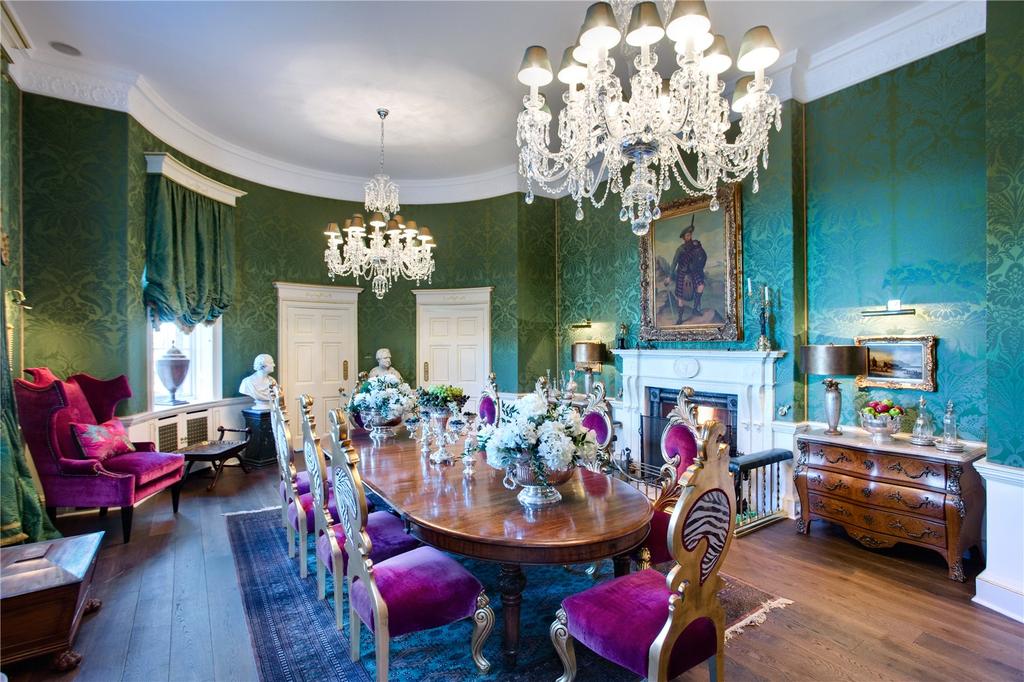
Existing pine flooring was replaced by French oak and discreet, state-of-the-art central-heating, entertainment and security systems installed, with the interior further enhanced by the use of rich silks, velvets, damasks, Scottish wools and cashmere sourced from some of the world’s leading designers.
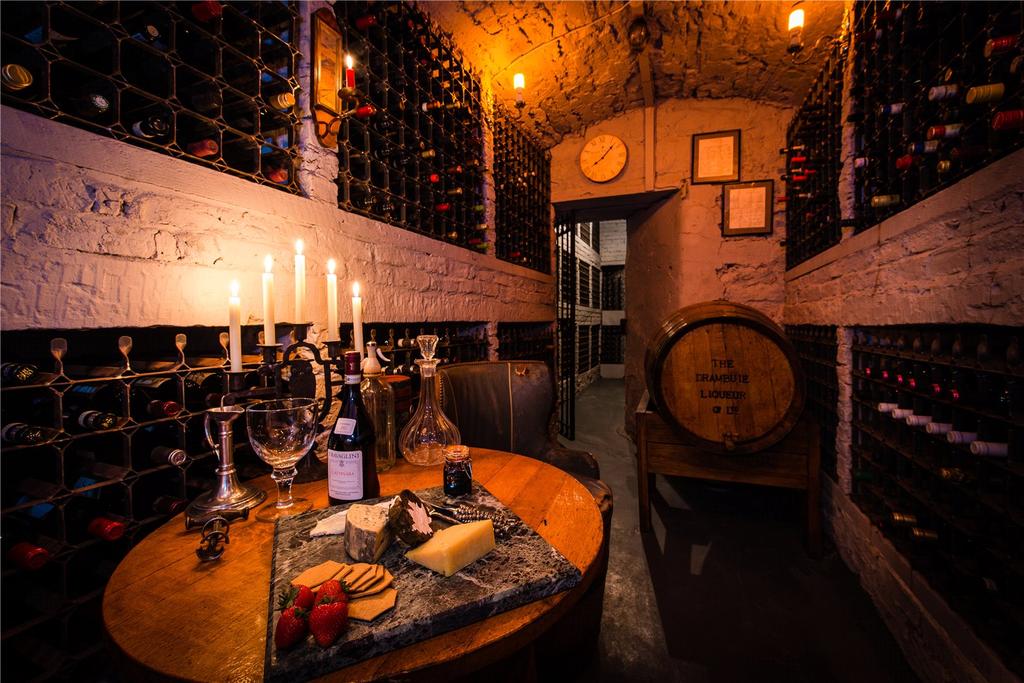
The castle offers more than 18,000sq ft of opulent living space. The main building has accommodation on four floors, including the impressive Grand Hall, three large reception rooms, a library, music room, billiard room, a huge kitchen, a sumptuous master suite, five further bedrooms and three bathrooms.
Sign up for the Country Life Newsletter
Exquisite houses, the beauty of Nature, and how to get the most from your life, straight to your inbox.
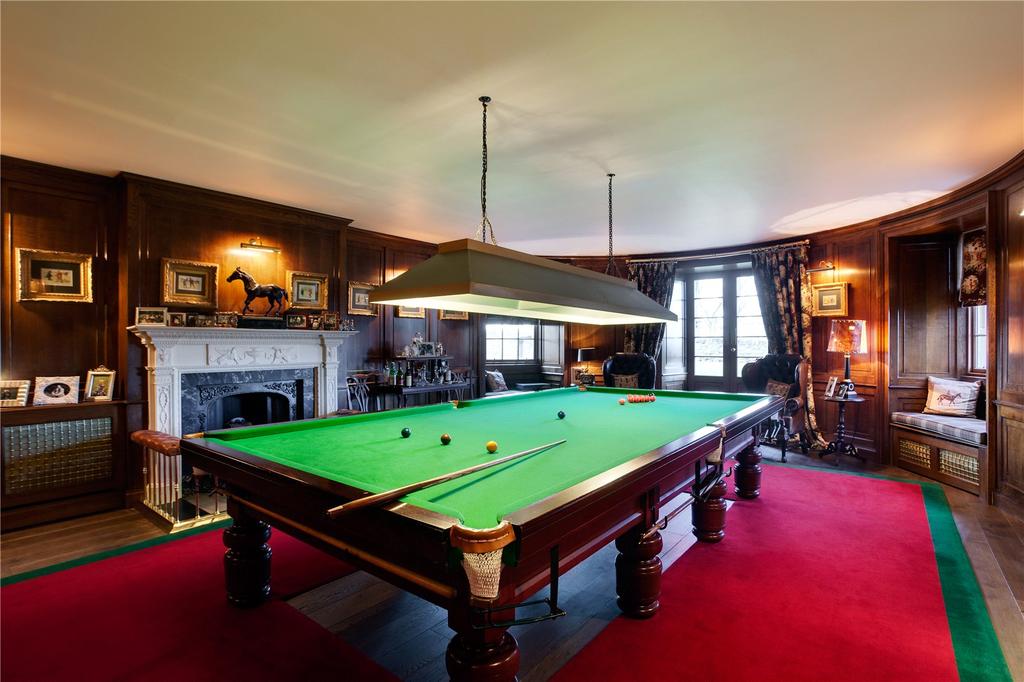
The east and west wings provide two further three-bedroom guest or staff cottages. The working stables have also been restored, as have the coach house and the ‘unforgettable’ Stable Bar — the castle’s private tavern located in the former tack room.
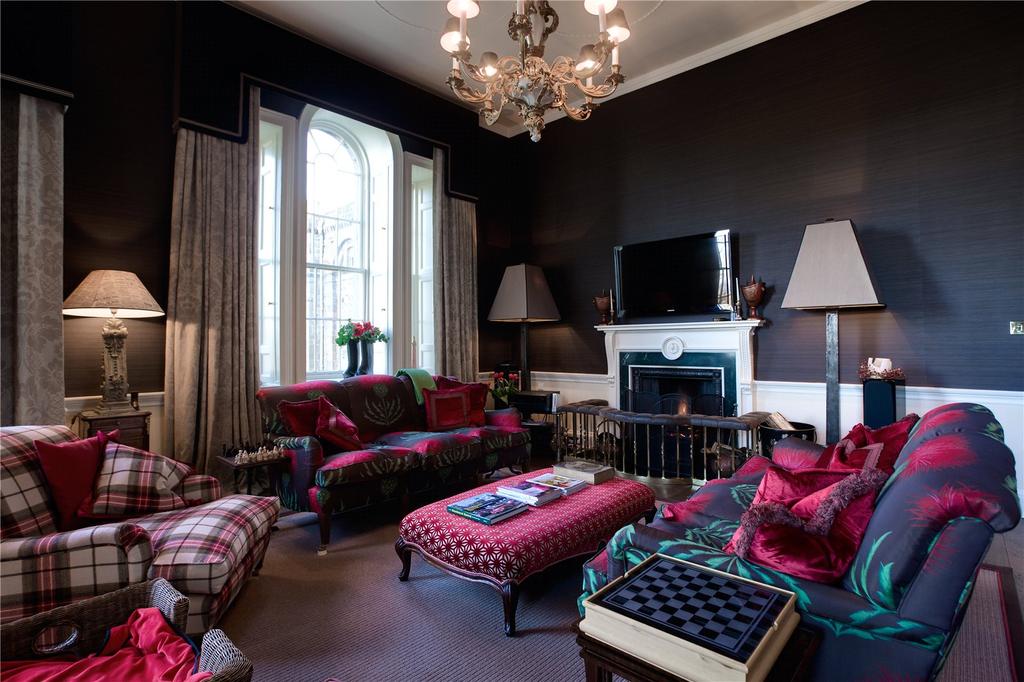
Seton Castle was built on the site of Seton Palace, historic seat of the Earls of Winton, a title bestowed in 1600 on the 8th Lord Seton, Robert. It was held by his descendants until George Seton, the 5th Earl, was convicted of high treason in 1716, thereby forfeiting his titles and property. Centuries before, the palace was the ‘preferred retreat’ of Mary, Queen of Scots, and visited by successive kings from James IV to Charles II.
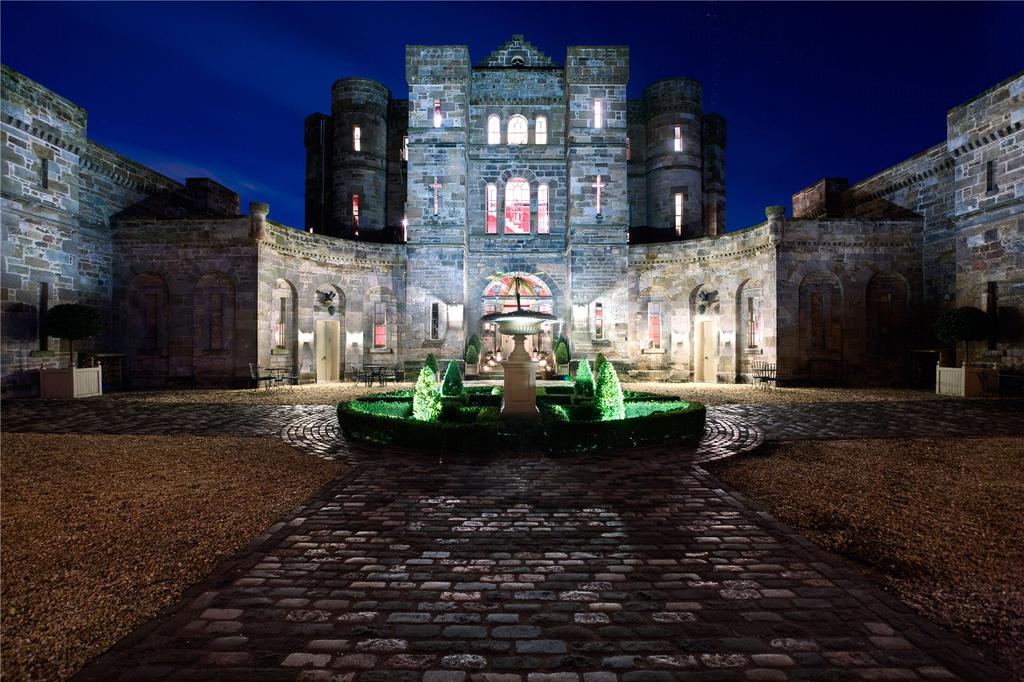
Following the 5th Earl’s fall from grace, the palace suffered 75 years of neglect and was eventually demolished when, in 1789, Col Alexander Mackenzie of the 21st Dragoons commissioned Robert Adam to build Seton Castle in his inimitable neo-Classical style.

The demolition of the palace provided a ready supply of stone for the new building and, in June 1791, Adam dined with his client in the new house, on his last visit to Scotland before his death. On Mackenzie’s death in 1796, the Earl of Wemyss acquired the estate, and it stayed in the Wemyss family until 2003, during which time the castle remained largely untouched.
Seton Castle is for sale via Savills and Rettie at £8m — see more details and pictures.
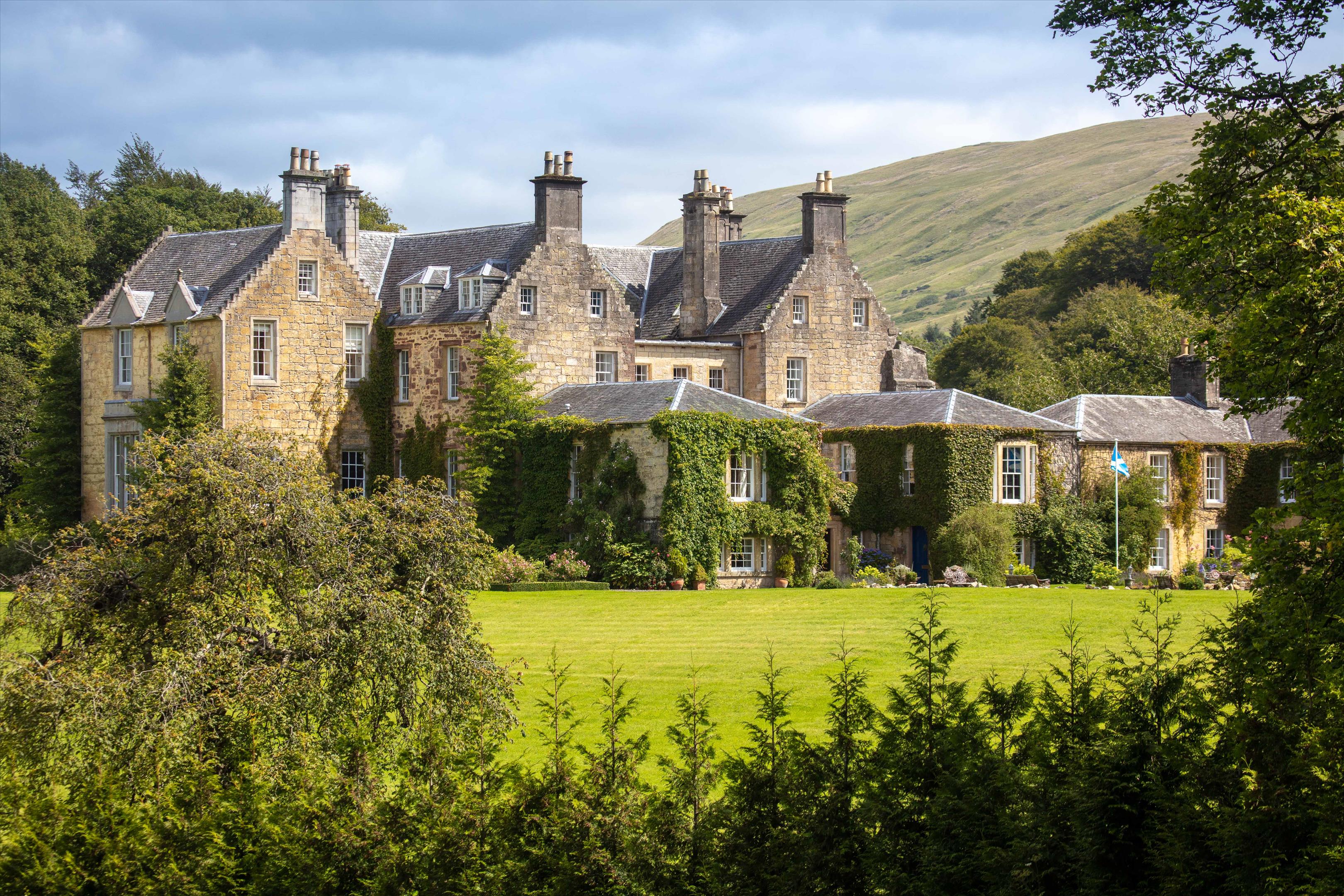
Spectacular Scottish castles and estates for sale
A look at the finest castles, country houses and estates for sale in Scotland today.
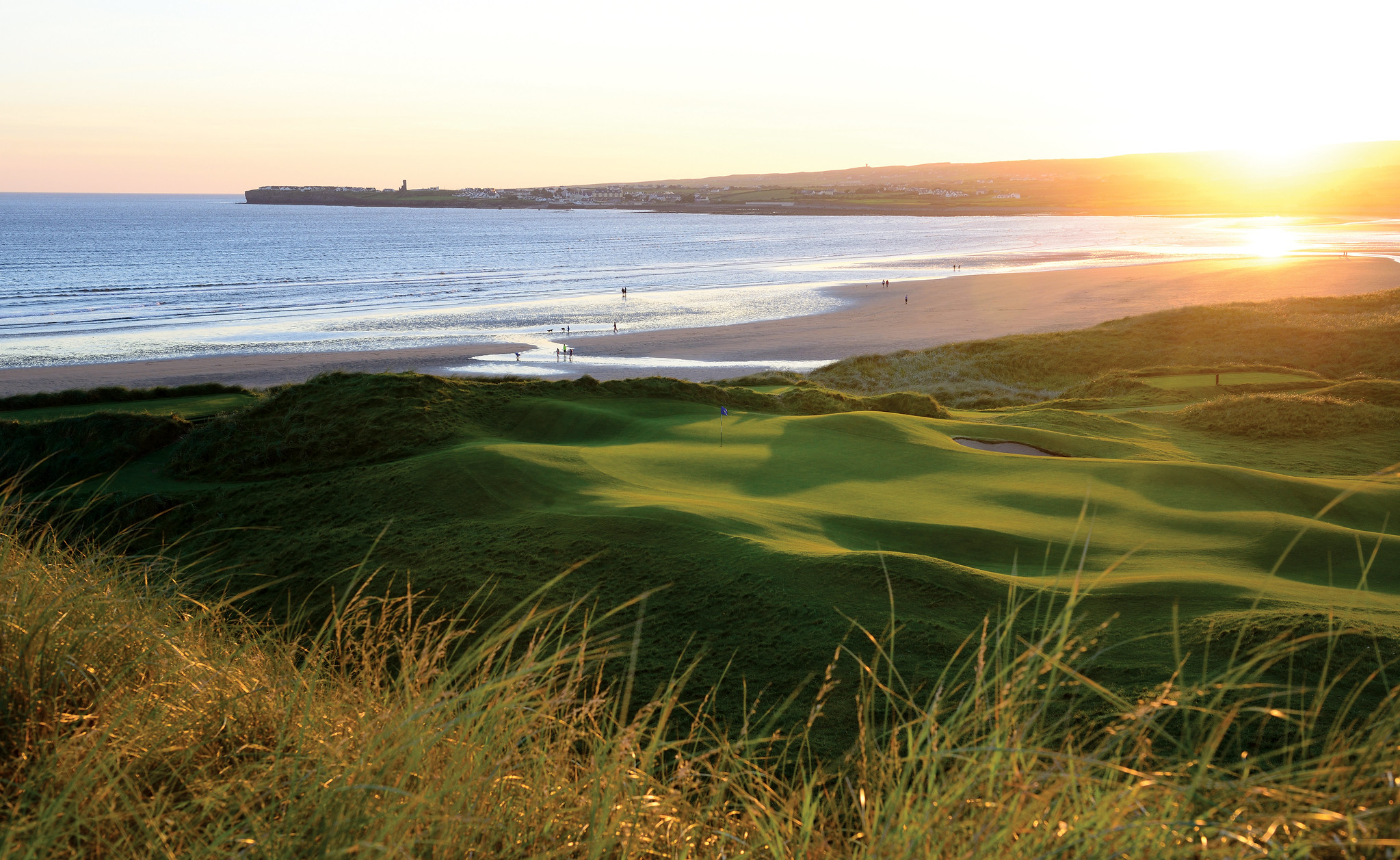
Credit: Steve Carr
Ireland's Wild Atlantic coast: Spectacular clifftops, dramatic castles and world-class golf
The coast of Ireland near Shannon and Limerick is unbearably beautiful and dramatic, whether you pack your golf clubs or
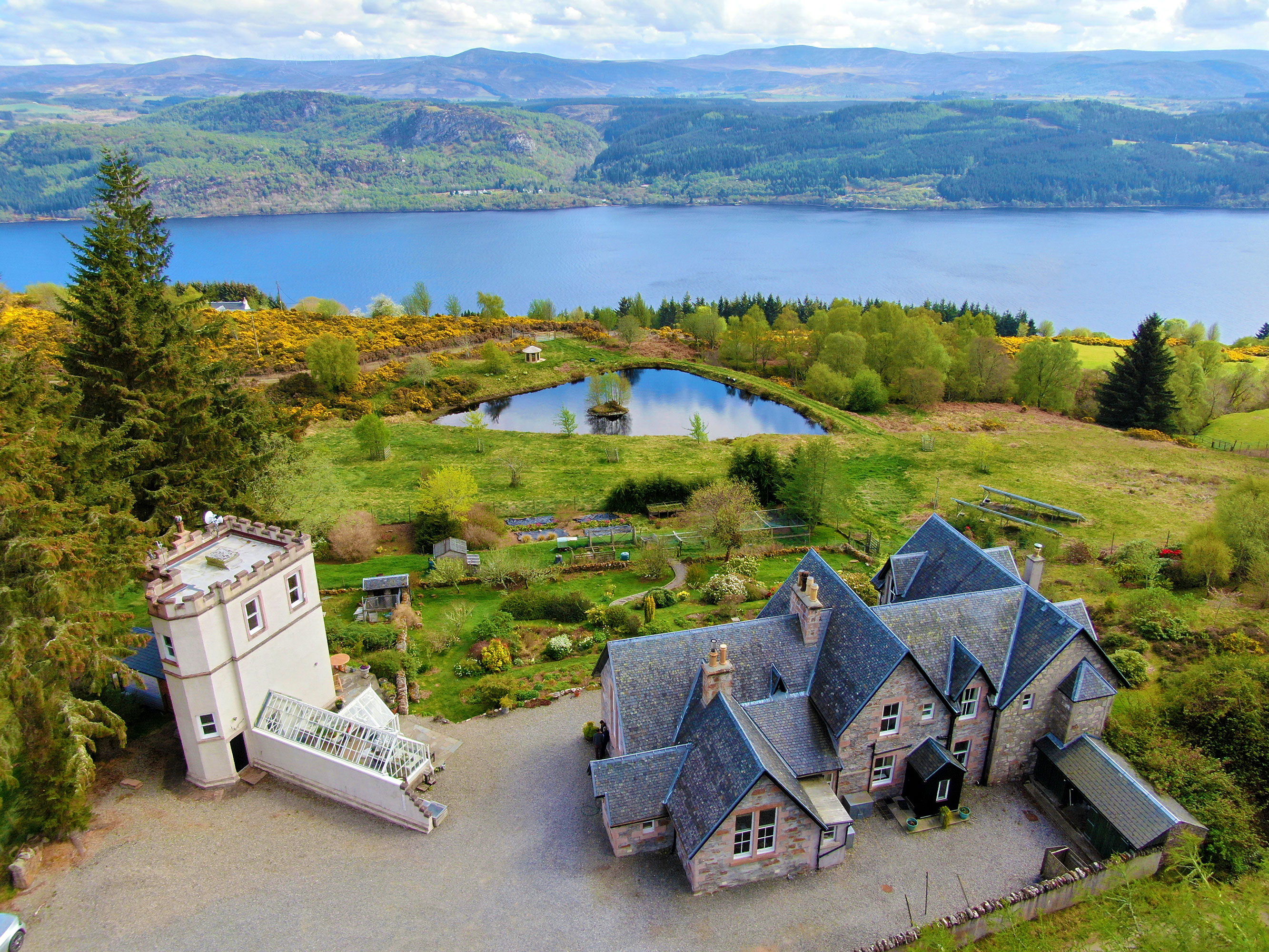
Credit: Strutt & Parker
An estate with glorious views and a library tower on the shores of Loch Ness
This spectacularly-located estate on the banks of Loch Ness offers grand accommodation, miles of land and a castellated tower with
-
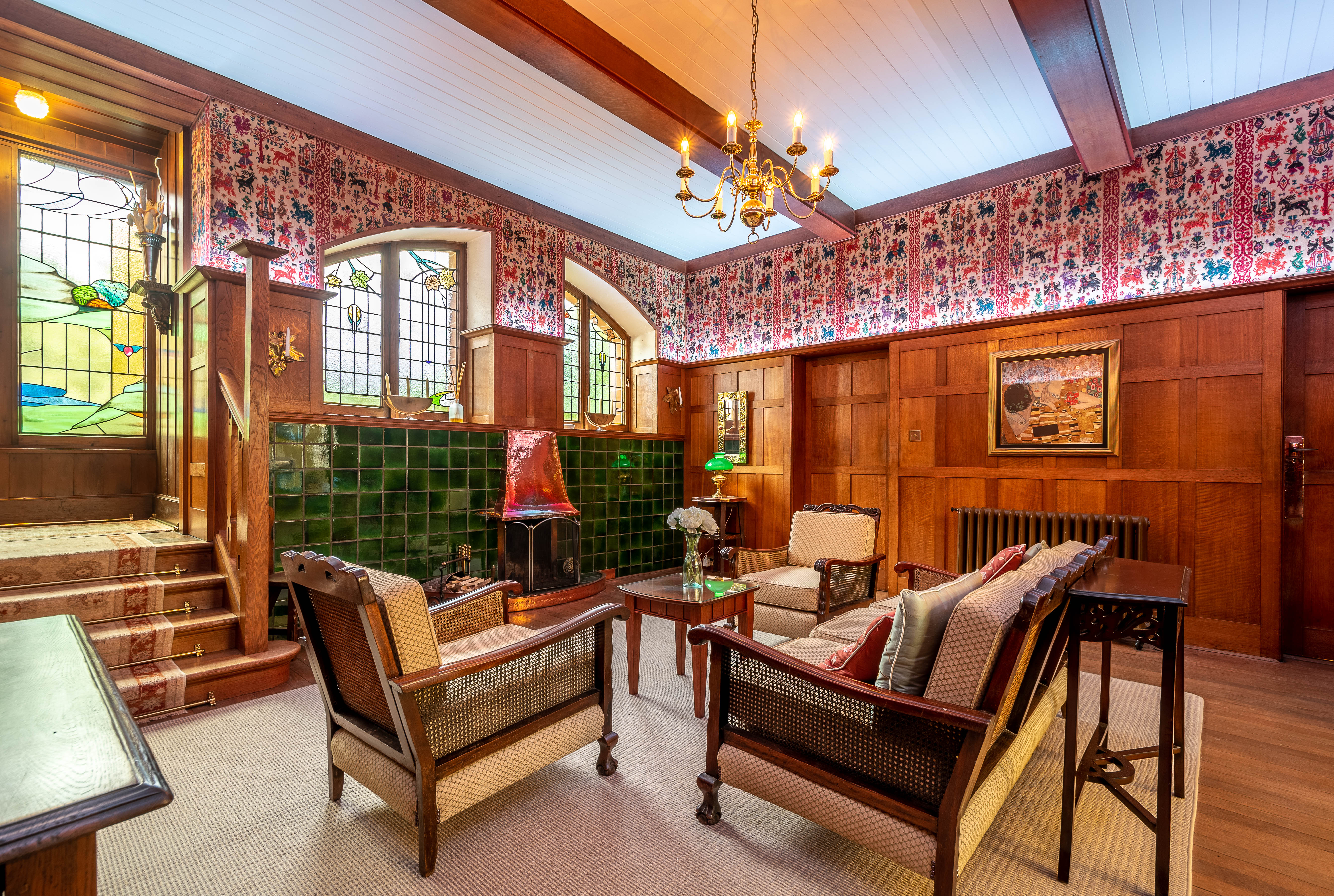 Seven of the UK’s best Arts and Crafts buildings — and you can stay in all of them
Seven of the UK’s best Arts and Crafts buildings — and you can stay in all of themThe Arts and Crafts movement was an international design trend with roots in the UK — and lots of buildings built and decorated in the style have since been turned into hotels.
By Ben West Published
-
 A Grecian masterpiece that might be one of the nation's finest homes comes up for sale in Kent
A Grecian masterpiece that might be one of the nation's finest homes comes up for sale in KentGrade I-listed Holwood House sits in 40 acres of private parkland just 15 miles from central London. It is spectacular.
By Penny Churchill Published
-
 A Grecian masterpiece that might be one of the nation's finest homes comes up for sale in Kent
A Grecian masterpiece that might be one of the nation's finest homes comes up for sale in KentGrade I-listed Holwood House sits in 40 acres of private parkland just 15 miles from central London. It is spectacular.
By Penny Churchill Published
-
 Some of the finest landscapes in the North of England with a 12-bedroom home attached
Some of the finest landscapes in the North of England with a 12-bedroom home attachedUpper House in Derbyshire shows why the Kinder landscape was worth fighting for.
By James Fisher Published
-
 Could Gruber's Antiques from Paddington 2 be your new Notting Hill home?
Could Gruber's Antiques from Paddington 2 be your new Notting Hill home?It was the home of Mr Gruber and his antiques in the film, but in the real world, Alice's Antiques could be yours.
By James Fisher Published
-
 What should 1.5 million new homes look like?
What should 1.5 million new homes look like?The King's recent visit to Nansledan with the Prime Minister gives us a clue as to Labour's plans, but what are the benefits of traditional architecture? And can they solve a housing crisis?
By Lucy Denton Published
-
 Welcome to the modern party barn, where disco balls are 'non-negotiable'
Welcome to the modern party barn, where disco balls are 'non-negotiable'A party barn is the ultimate good-time utopia, devoid of the toil of a home gym or the practicalities of a home office. Modern efforts are a world away from the draughty, hay-bales-and-a-hi-fi set-up of yesteryear.
By Madeleine Silver Published
-
 Five beautiful homes, from a barn conversion to an island treasure, as seen in Country Life
Five beautiful homes, from a barn conversion to an island treasure, as seen in Country LifeOur pick of the best homes to come to the market via Country Life in recent days include a wonderful thatched home in Devon and a charming red-brick house with gardens that run down to the water's edge.
By Toby Keel Published
-
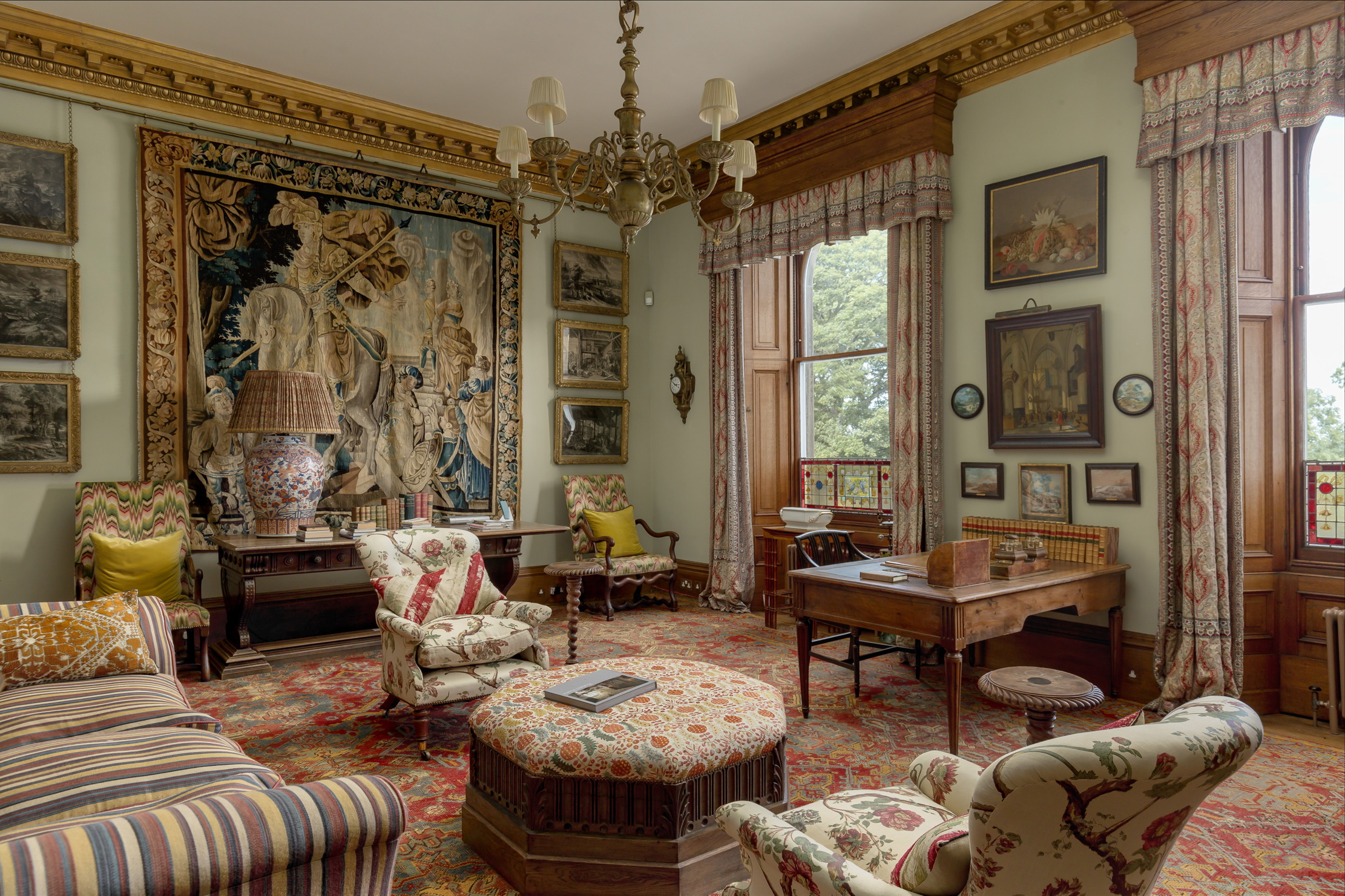 The finest interiors in Edinburgh? A seven-bedroom townhouse furnished by Robert Kime comes to market
The finest interiors in Edinburgh? A seven-bedroom townhouse furnished by Robert Kime comes to marketSituated on one of the New Town's grandest terraces, this four-storey property is a collector's dream.
By James Fisher Published
-
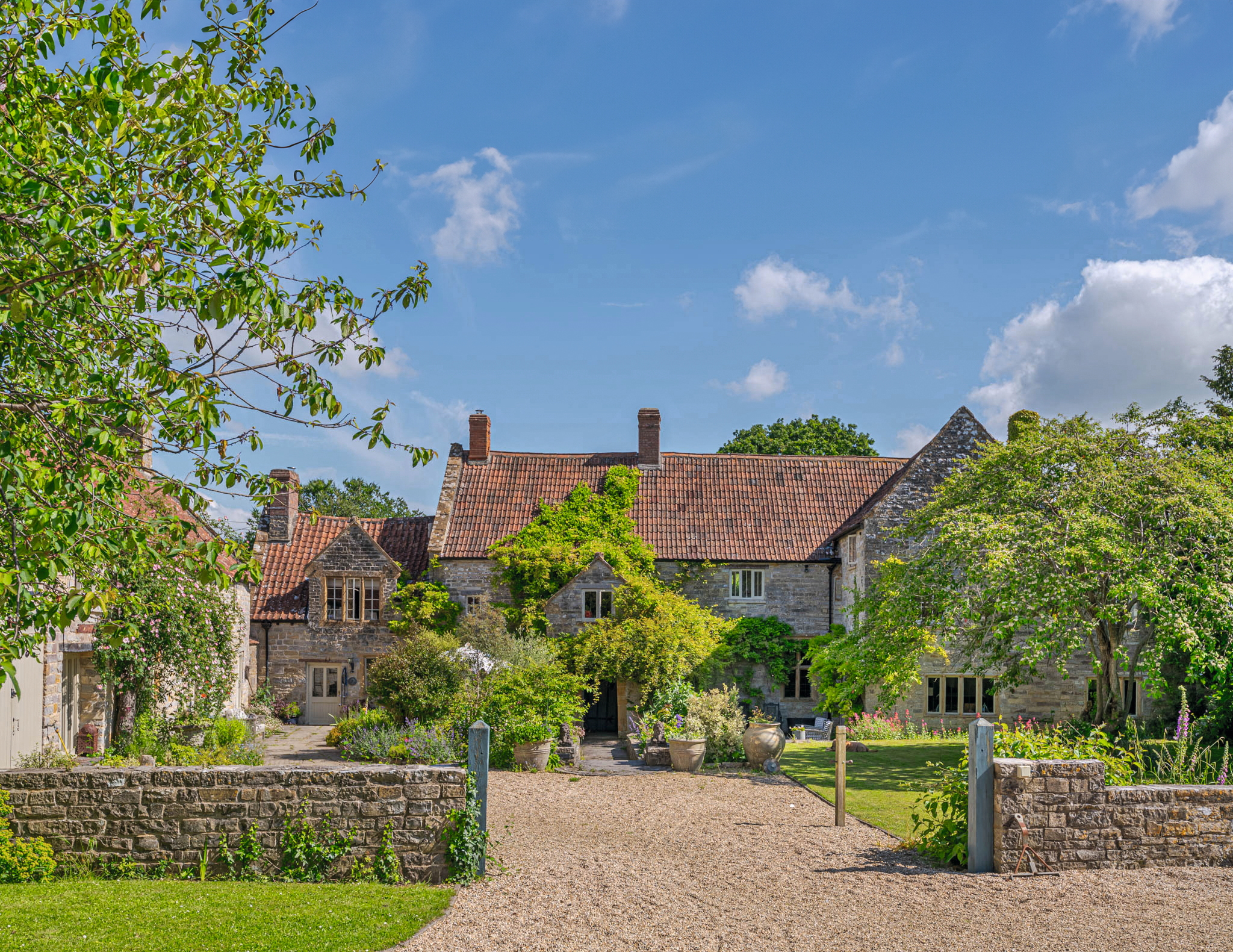 A Grade II*-listed country manor with one of the most beautiful drawing rooms in England
A Grade II*-listed country manor with one of the most beautiful drawing rooms in EnglandIf Old Manor Farm in Somerset is good enough for Pevsner, it's good enough for you.
By Penny Churchill Published
